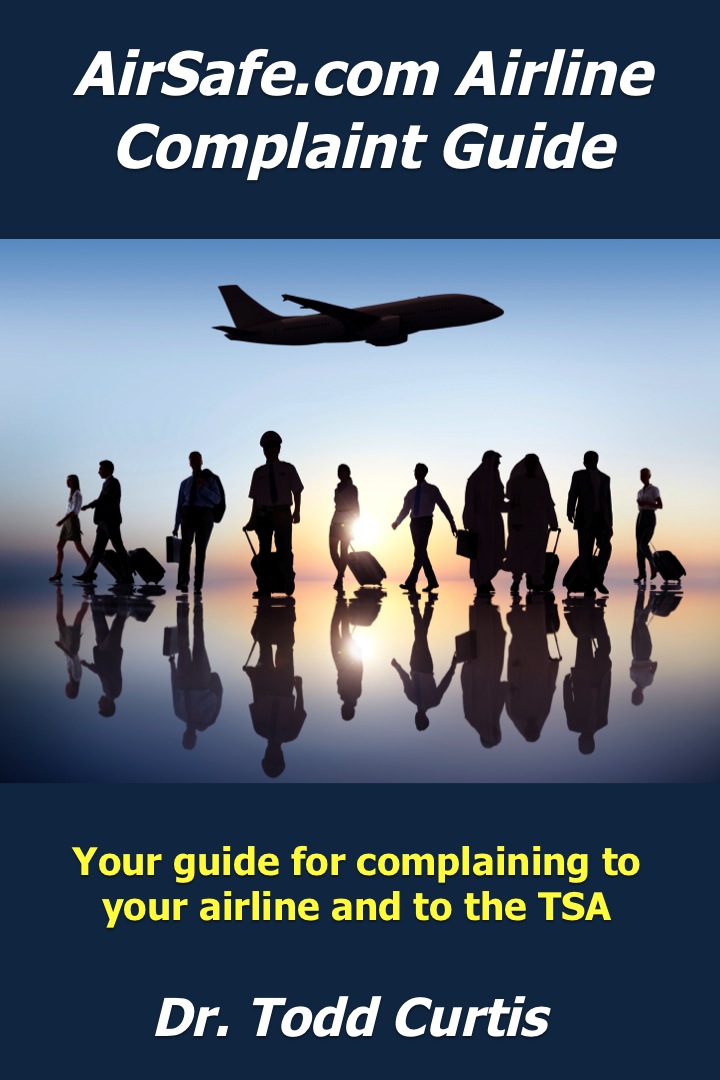Airline Profitability
One of Sadiq's not so surprising observations was that businesses that support airlines, for example maintenance and catering companies, are more consistently profitable than the airlines. There are many reasons for this, among them a cost structure, especially when it comes to the cost of capital and labor, that can't adjust quickly to changing market conditions.
One example of this that is an ongoing area of interest to US passengers is the how much pilots are paid. Sadiq mentioned that some senior Lufthansa pilots are compensated about 300,000 euro per year, or about $400,000 per year. By comparison, pilots at many major US airlines have had to take severe pay and benefits cuts, and new pilots at smaller carriers may get paid considerably less than $20,000 per year, about as much as the lowest level enlisted person in the US military.
While many US airlines have addressed cost issues by layoffs or restructuring debt or labor contracts through bankruptcy, Lufthansa and other European airlines have addressed cost issues by other means, including creating low-cost carriers to handle less profitable routes, expanding into more profitable airline support businesses, and growing revenue through joint ventures with other airlines.Service Changes in Europe
A considerable portion of passenger traffic through many of the smaller cities in Lufthansa's network is for transit passengers who are changing planes, and a minority of the routes generate significant profits for the airline. As has been the case in the US with its extensive network of hub-and-spoke airports, Lufthansa and other airlines with significant hub-and-spoke operations will over time reduce services to and from some smaller markets, or replace some current flights with lower cost airline subsidiaries.
Competition
The most significant competition mentioned by Sadiq was from airlines outside of Europe, particularly Emirates and other airlines from the Gulf region. In part because these airlines have lower cost structures due to lower labor costs, lower taxes and fees in their home countries, and lower financing costs. The latter are lower because some of these airlines, unlike Lufthansa, are able to borrow at rates closer to that seen by governments, as opposed to the higher rates that are charged even for profitable and financially stable airlines like Lufthansa.
Ancillary Revenues
This is a somewhat fancy term for the extra fees and charges that have become the norm in the US. From checked bag fees, to early check-in fees, to fees for meals in coach, the average US traveler has come to expect to pay for what used to be offered for free with every ticket. Sadiq sees this as an area of opportunity and increased profits for Lufthansa and other major airlines in Europe.
Effect on passengers
The picture painted by Sadiq makes the near future for passengers in Europe look very similar to the current situation for passengers in the US. The availability of flights will likely decrease for smaller cities within Europe as routes are dropped or flight frequencies are reduced. Larger airlines like Lufthansa may use some of their lower cost subsidiary airlines to take an increasing share of this traffic. At the same time, passenger fees will increase for services and amenities that are currently free, and will form a more significant portion of future profits for Lufthansa and for other airlines in Europe.
















